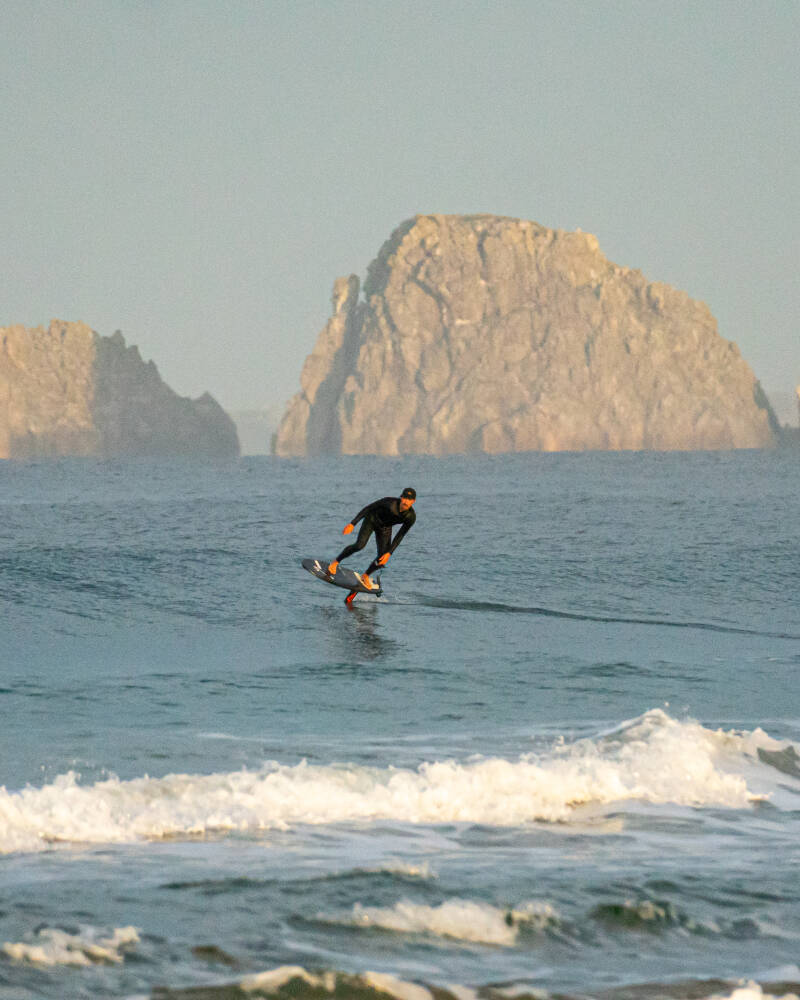Dutch Downwind Event 2025
Last year, after attending a few events in France and Spain between us, Sibren and I thought it would be a good idea to run an event at home. Since downwinding in the Netherlands was / still is in its infancy with a small dedicated group of foilers learning and progressing across the country, our primary goal was to put together an event that brought the community together and catered for as big of a range of levels as possible. The idea was originally to do a two part event (see the “original plan”), with half the run (8km) being a race and half the run being a fun run (7km). This would give people a chance to have a taste of racing, whilst also being able to enjoy the bumps together, leaving the option to only opt in for the fun run. We chose a run the event on the Markermeer on a stretch between Almere and Lelystad, which when the wind is decent (18+ knots south west) provides super beginner friendly bumps and hoped that the weekends we picked for the event window in October (being statistically quite a windy month) would give us the conditions we were hoping for. However, it seems that the best way to kill the wind is to organize an event…with the weekends we wanted to run on having pretty much no wind...



